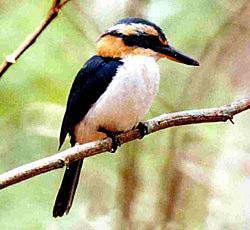Suwarrow Rat Eradication
 On the 21st June 2018 our Suwarrow team returned to Rarotonga after spending six weeks on the atoll, which is also our country’s only National Park. The team carried out a rat eradication on selected islets and carried out bird surveys throughout all the islets on Suwarrow.
On the 21st June 2018 our Suwarrow team returned to Rarotonga after spending six weeks on the atoll, which is also our country’s only National Park. The team carried out a rat eradication on selected islets and carried out bird surveys throughout all the islets on Suwarrow.
This is the third attempt to remove these persistent invasive rodents from the atoll since 2003. The last baiting was in 2013, and at that time rats were successfully removed from Anchorage, the main motu (islet) where the National Environment Service (NES) rangers are based, and also where the visiting yachts anchor. Unfortunately a few rats survived on Motu Tou, and these had increased to the maximum carrying capacity for the motu.
After the first round of baiting the team had to wait another 10 days before doing a second round of baiting on Motu Tou and the 2 Kena Motu. During this time they conducted bird surveys right around the atoll.

A notable find on all the motu were the high number of fish aggregation devices that were found washed up, with more than 50 being found. Many of these
still had their locator beacons attached. This large number suggests that the estimate of 100,000 of these FADs, set by purse seine fishing boats and drifting around in the West and Central Pacific Ocean is no exaggeration. The team found two
FADs with the remains of dead turtles entangled in the netting. Together with these more than 50 FADs was a very large amount of other abandoned fishing gear including buoys, nets, lines and ropes. Plastic bottles and other plastic rubbish was everywhere on all the motu.
The team would like to thank the Cook Islands Global Environment Facility Small Grant Programme (GEF-SGP) for providing much of the financial support for the project, along with Birdlife International for their further technical and financial support from the David and Lucile Packard Foundation and David and Sarah Gordon.
Marine Park
Current Biodiversity Project
 In August 2012, the Prime Minister of the Cook Islands (Henry Puna) announced the establishment of a 1.1 million square kilometre multiple-use marine park. that would cover half of our exclusive economic zone (EEZ). Once up and running, the Cook Islands Marine Park (CIMP) will be the largest in the world.
In August 2012, the Prime Minister of the Cook Islands (Henry Puna) announced the establishment of a 1.1 million square kilometre multiple-use marine park. that would cover half of our exclusive economic zone (EEZ). Once up and running, the Cook Islands Marine Park (CIMP) will be the largest in the world.
TIS is working with government agencies and Traditional Leaders to ensure that communities throughout the Cook Islands are consulted about the Marine Park and have an opportunity to provide input to how they would like their Marine Park to look. TIS will also support a legal analysis to determine how the Marine Park might be legally designated in accordance with existing legislation. The benefits of marine conservation will be promoted and the public will be engaged in discussion about the Marine Park.
Mangaian Kingfisher Project
Past Biodiversity Project
 The Tanga’eo or Mangaian Kingfisher is found nowhere else in the world but the island of Mangaia. The Mangaian Kingfisher Project aims train young people on the island to learn what this species needs to ensure it’s survival.
The Tanga’eo or Mangaian Kingfisher is found nowhere else in the world but the island of Mangaia. The Mangaian Kingfisher Project aims train young people on the island to learn what this species needs to ensure it’s survival.
